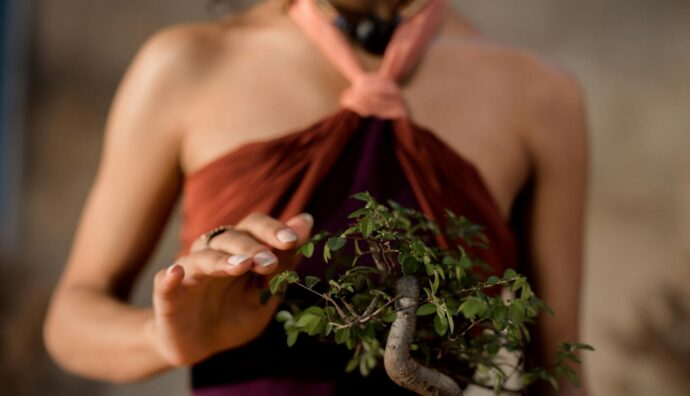Supporting people development means knowing how to deal with their vulnerabilities.
Those operators who work with those people who society places on the margins due to traumas in their experiences, economic difficulties and cultural barriers know this well. For such people it is essential to develop a certain capacity for resilience, drawing on their own resources.
A resilience tutor is fundamental to rebuild self-esteem and trust, to give back a structure where traumatic events have previously dissolved it, to relaunch the trajectory of a human being through listening, empathy and affection.
Reflecting on such figure, which is common in the paths of support for victims of violence, in the support of traumatized minors, as well as in the paths of social inclusion of many categories of people, we try to reflect on the role of Martial Arts and the figure of the teacher.
Training sessions are usually composed of a warm-up and physical preparation part followed by work according to the technical language of the discipline practiced.
The practitioner is constantly led into a growth zone. The progressive intensification of physical and technical work can be seen as a condition of “controlled dosage of difficulty“.
The practice of a martial discipline does not necessarily have to be traumatic, although there is no practitioner who, over time, has not suffered at least a few scratches, a few bruises and some traumas.
Practice for sure has an impact. It’s impactful to learn to fall, it’s impactful to learn to move in a natural way, it’s impactful to work with a partner.
Unless we are totally insensitive cyborgs, these impacts also…impact and shift the personal dimension of the practitioner. Therefore we have people who alternate times of high enthusiasm with moments of frustration in which the temptation to give up everything is very high.
We’ve all been there. We all experience that, in different forms, cyclically. Non just on the mat.
A teacher thus becomes a resilience tutor if he/she manages to dose that amount of “impact” that is needed to allow the practitioner to identify within himself the resources to improve, to better sculpt his/her own temper, to achieve the execution of a gesture that represents the technical and personal growth.
This is why a practice environment which is healthy because it is empathetic and empathetic because it has transparent rules of engagement, becomes the best laboratory for re-elaborating one’s experience.
Striving for constant commitment and focused attendance guides the practitioners to make contact with their own physical and psychophysical mechanisms. In other words: with their own talents and their own limitations.
And if on the one hand the technical program is designed to take almost anyone from being an absolute beginner to the last dan rank which can be achieved by means of a test, on the other hand the martial disciplines, especially the traditional ones, are not designed just for the development of technical skills.
Thus here emerges the importance of being able to rely on a teacher who knows how to support and facilitate this path.
Dodging those subtle mechanisms that cause the teacher-student relationship to degrade into a relationship of mutual dependence or into a savior-saved relationship. Rather strengthening that climate of trust that identifies unexpressed potential and indicates the tools to make it flourish.
Among professionals in psychology and the educational sector, tutors of resilence are very active especially among minors: it is in the developmental age that the progress of an individual’s skills can be most effectively supported.
And it is to that inner child, always present in every phase of our life that martial disciplines constantly speak. Shoshin (初心) is not just the spirit of the beginner but it is that ever-young soul that learns to measure itself with the world and that finds its place in the world thanks to the qualities developed day by day.
Disclaimer: picture by cottonbro studio from Pexels

